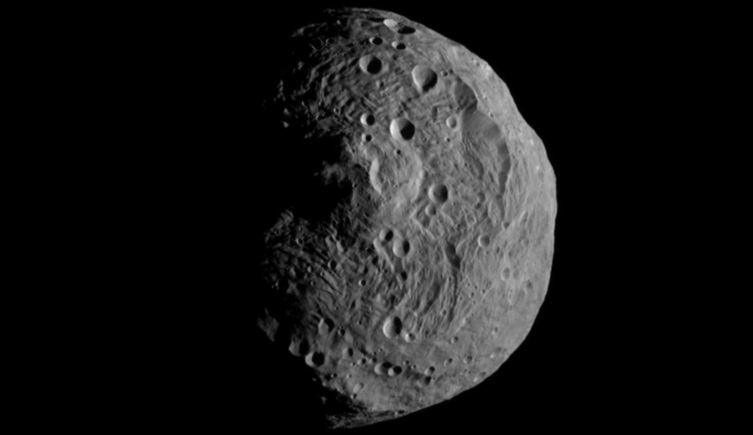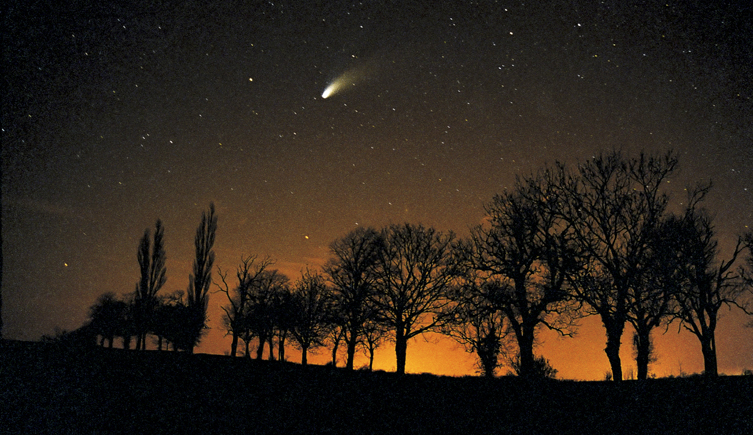The Moon
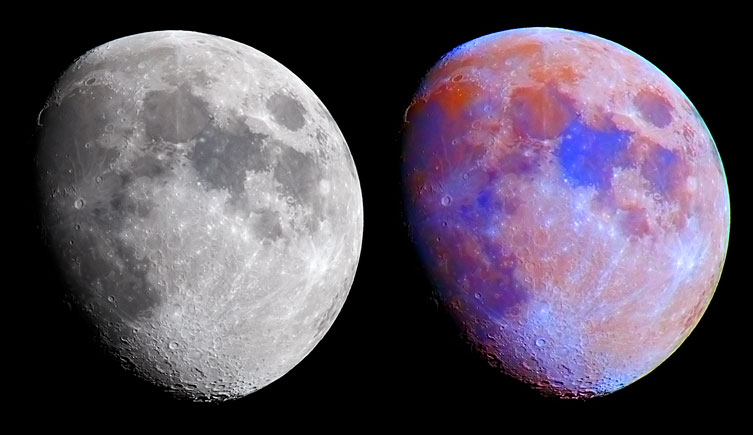
This shot of the Moon, taken on 27th February 2007, has been enhanced to show the mineral composition and geology of the surface
Project summary
- Focus: Studying the origin and early evolution of the Moon.
- Funding: Science and Technology Facilities Council
We are studying lunar meteorites and Apollo samples to learn more about the origin and early evolution of the Moon.
The Moon formed from the accretion of debris that was produced when an object the size of Mars crashed into Earth. The lunar surface was initially covered by a magma ocean, which slowly crystallised and solidified.
We are studying lunar basalts and anorthosites from samples collected by lunar missions and from meteorites in the Museum collection.
The lunar basalts and anorthosites come from the 380 kilogrammes of material returned by the Apollo and Luna missions in the 1960s and 1970s.
The Museum’s lunar meteorites come from random areas of the Moon. Unlike the lunar basalts and anorthosites, some of our meteorites may be from the far side of the Moon, which was not targeted by the sample-collecting missions.
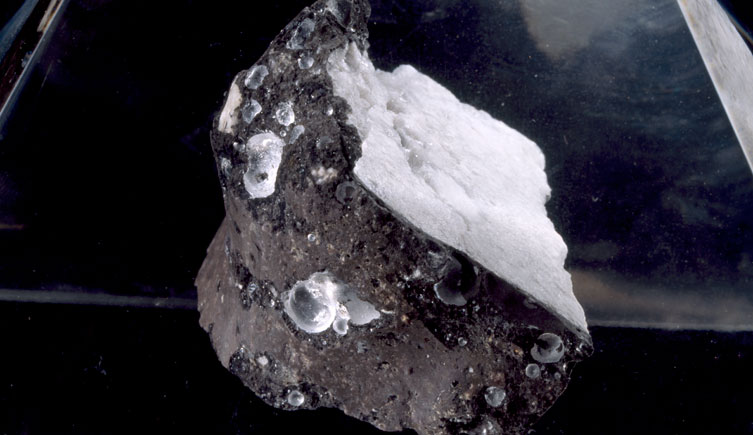
Moon rock (anorthosite breccia) collected on the Apollo 16 mission in April 1972
Aims
Our research addresses key questions about the early history of the Moon, including:
- How did it get its water?
- What was the original composition of the lunar magma ocean?
Lunar materials contain small but measurable amounts of water bound in minerals. We are analysing the deuterium/hydrogen (D/H) ratio of this water to determine its origin. Our findings suggest that initially the composition of lunar water was similar to water on Earth, but some was later fractionated.
We are analysing trace elements in minerals that crystallised from the lunar magma ocean. Initial results suggest that the magma ocean was heterogeneous in composition.
Methods
We use a combination of mineralogy and petrology techniques, including:
- scanning electron microscopy and electron microprobes
- laser ablation inductively coupled plasma mass spectrometry (LA-ICP-MS) to determine trace element abundances
- nanoscale secondary ion mass spectrometry(NanoSIMS) to determine D/H ratios.
Museum staff
- Prof Sara Russell
- Dr Mahesh Anand
- Jessica Barnes
PhD student
Related information
Funded by

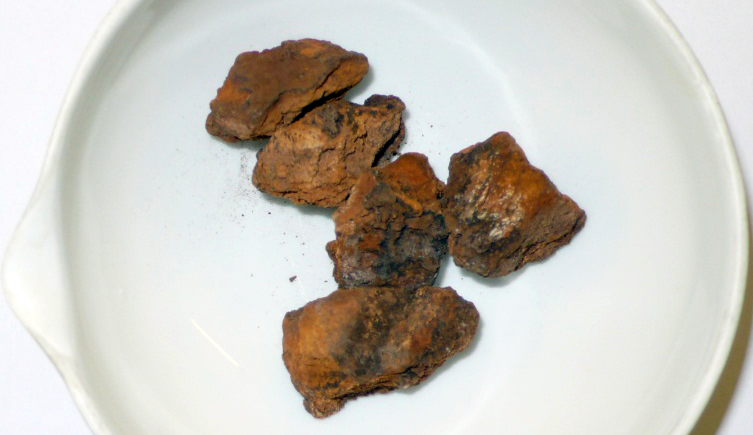
Related projects
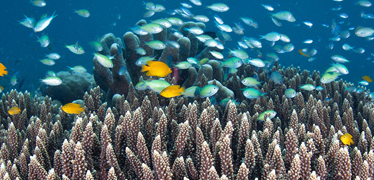
Origins, evolution and futures
We study the Earth's origins, environment and the evolution of life
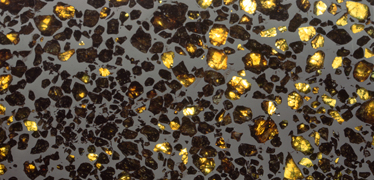
Mineral and planetary sciences research
Investigating the origins and evolution of Earth and our solar system
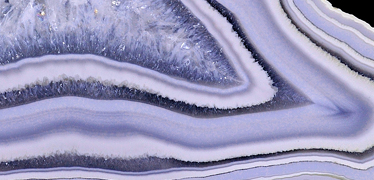
Mineralogy collections
Explore one of the world's finest collections of 500,000 rocks, gems and minerals
